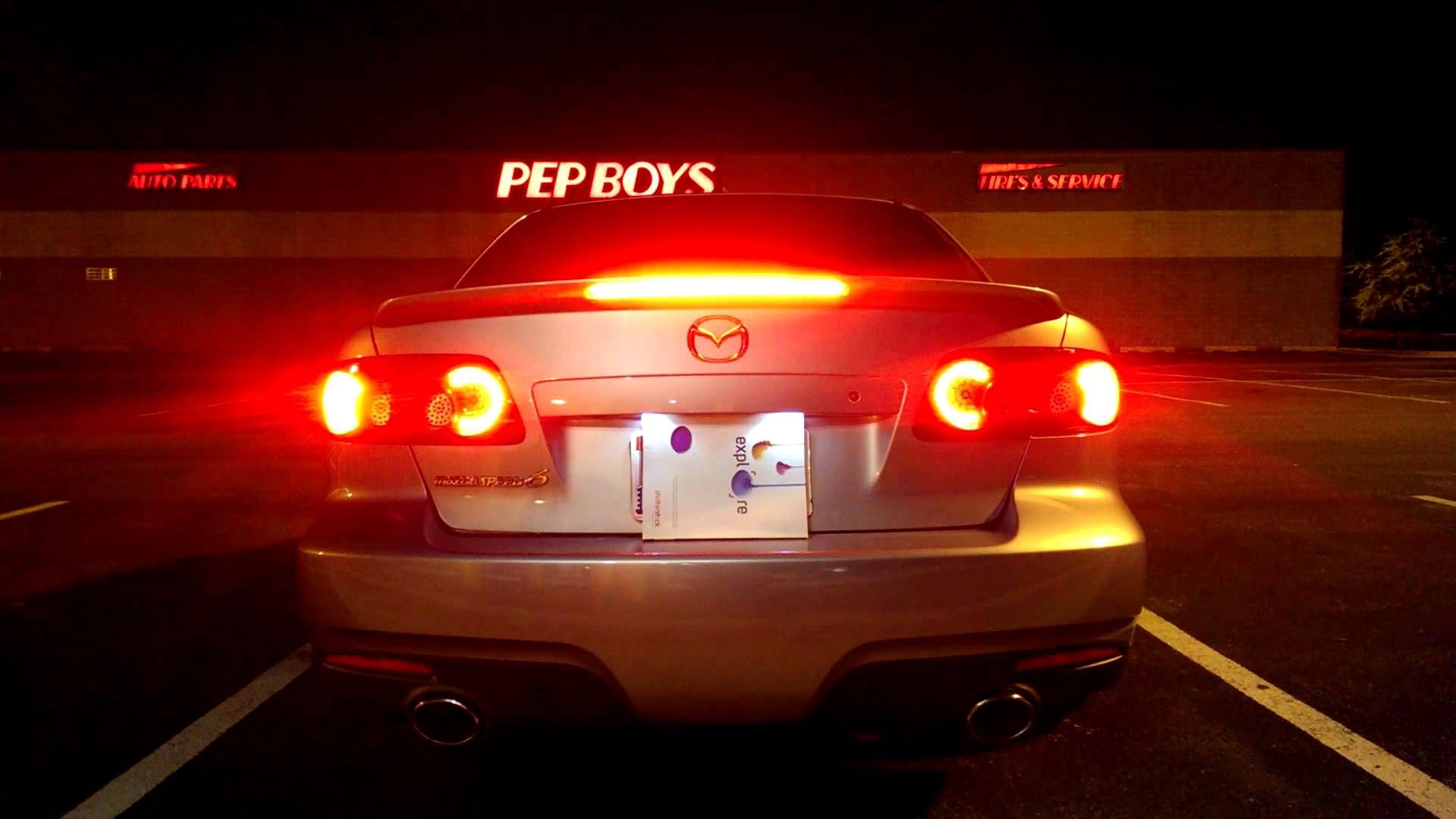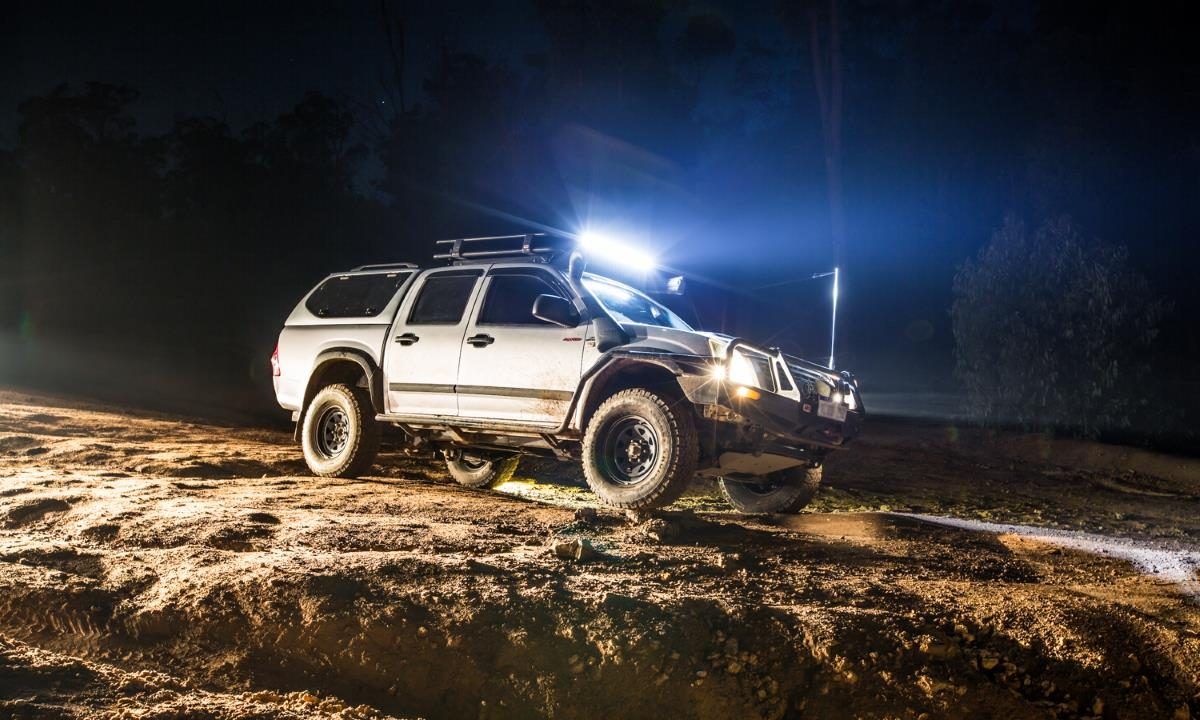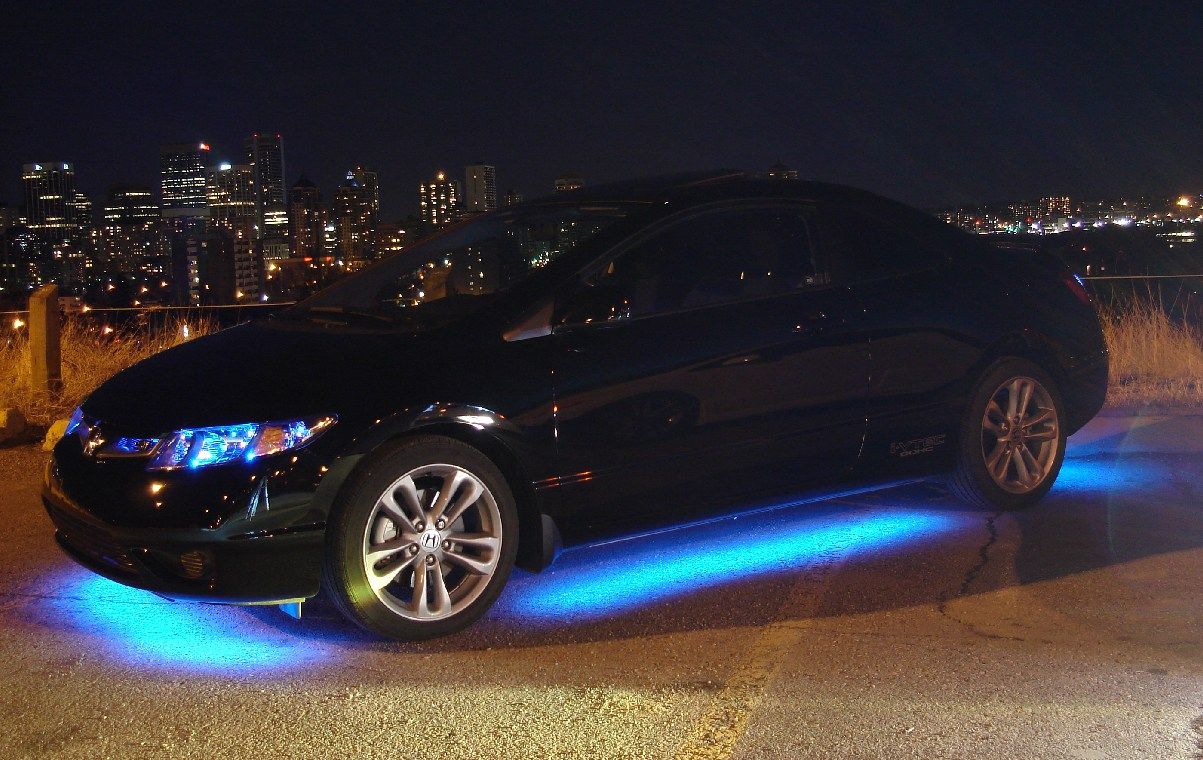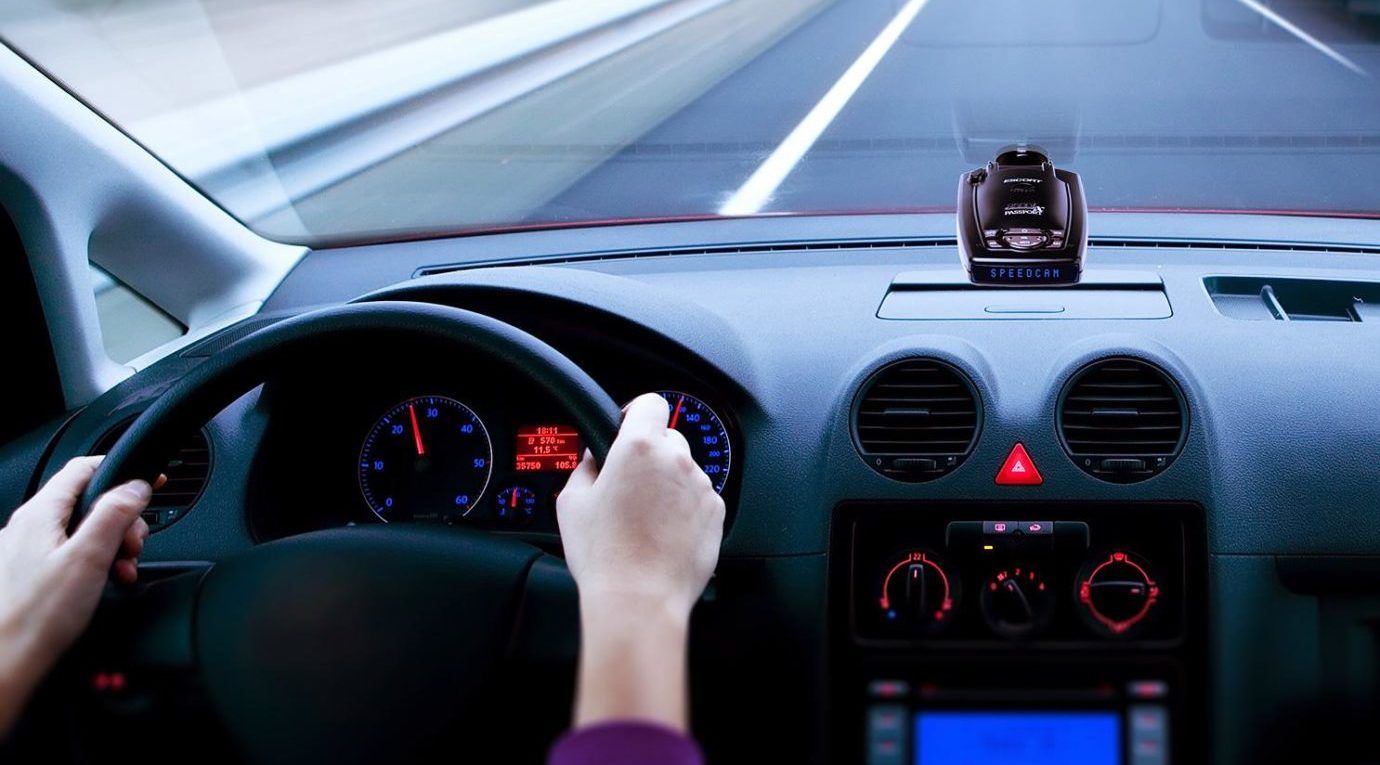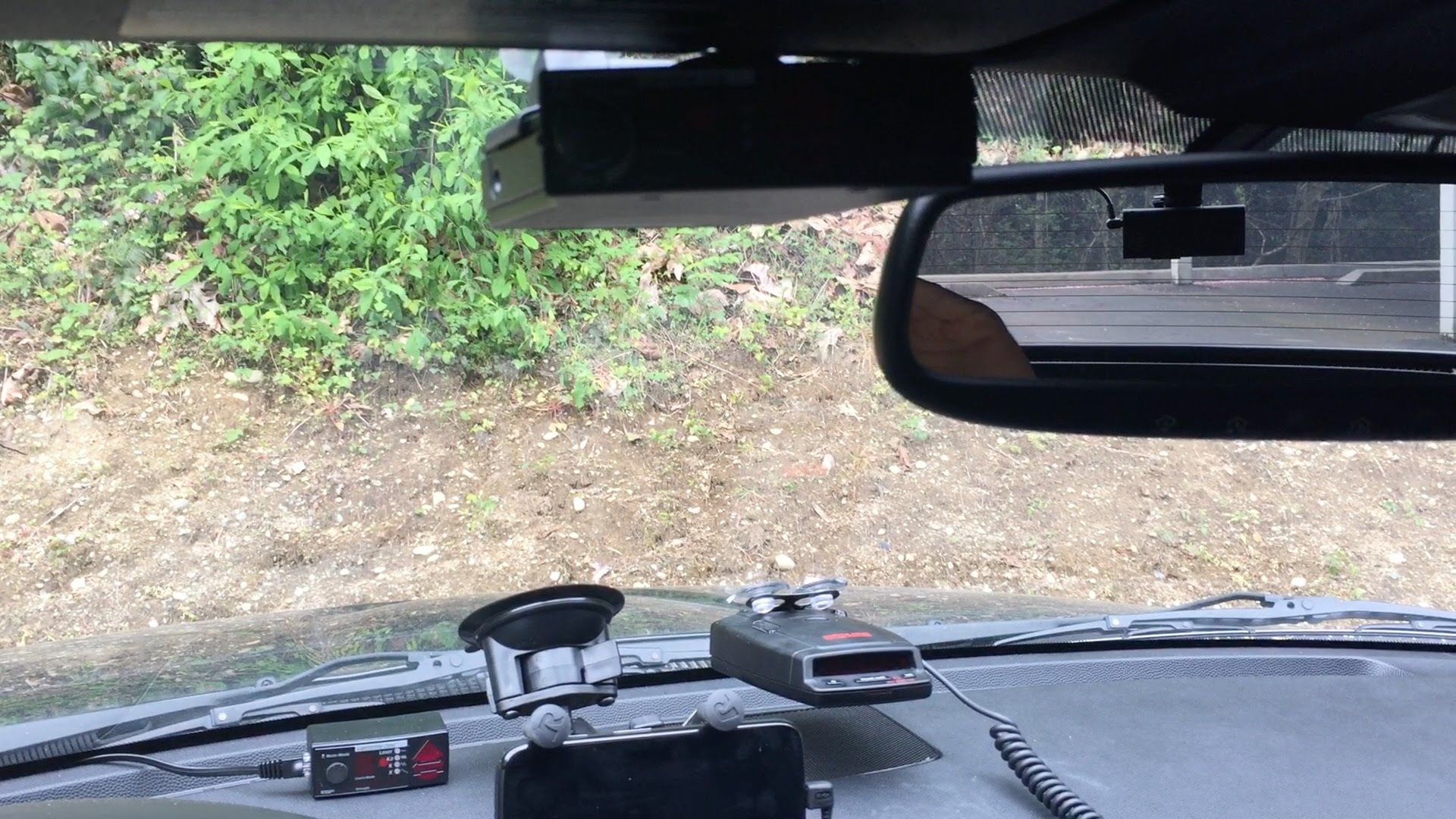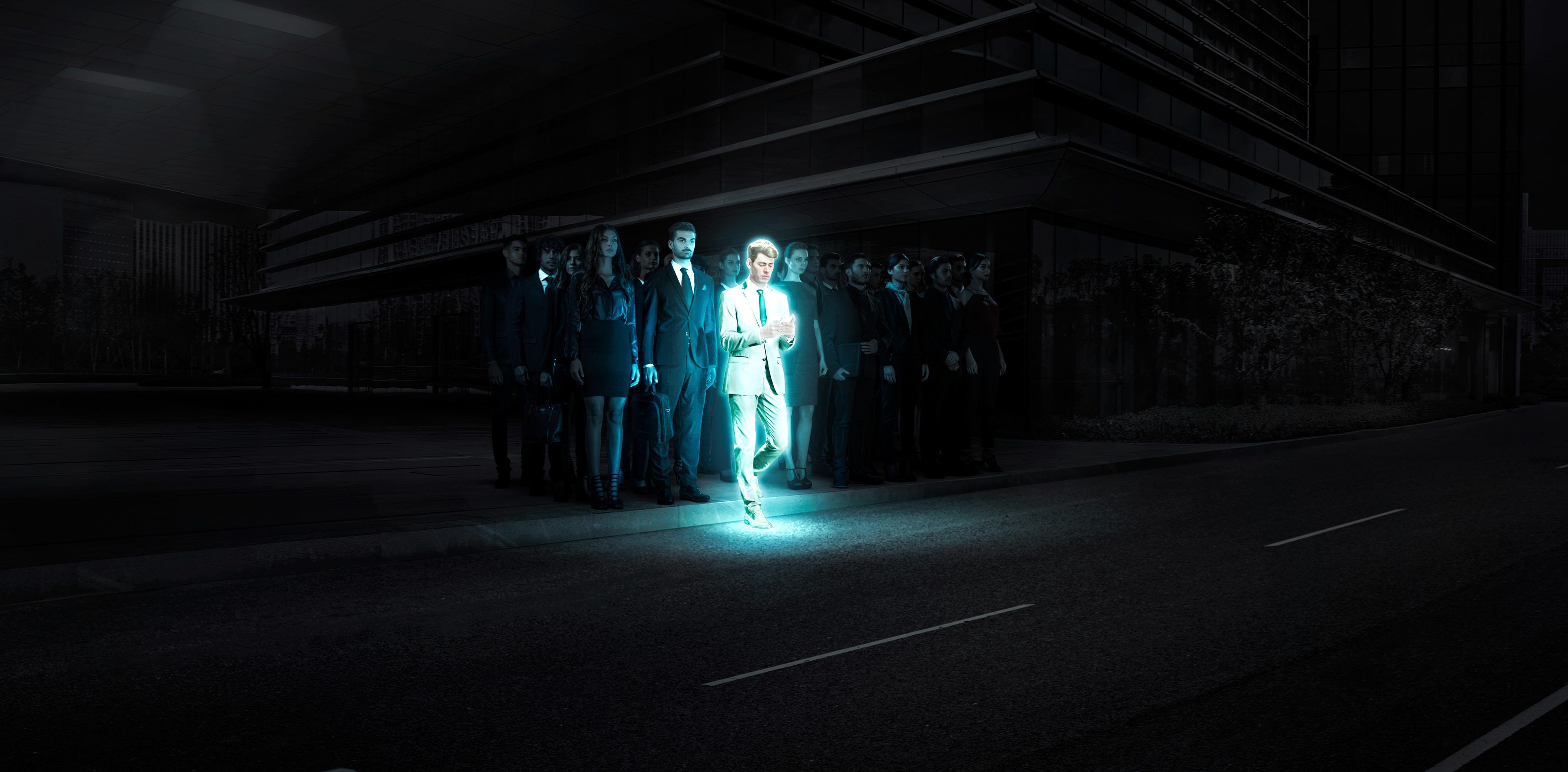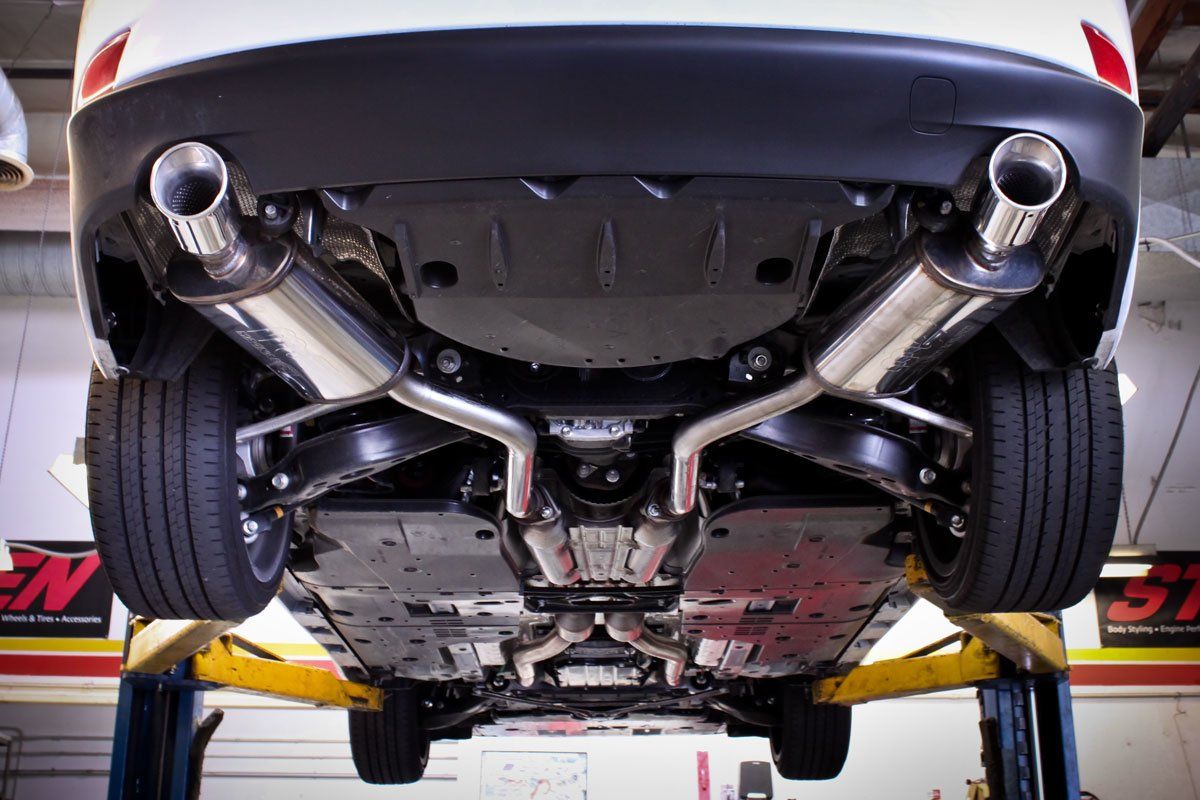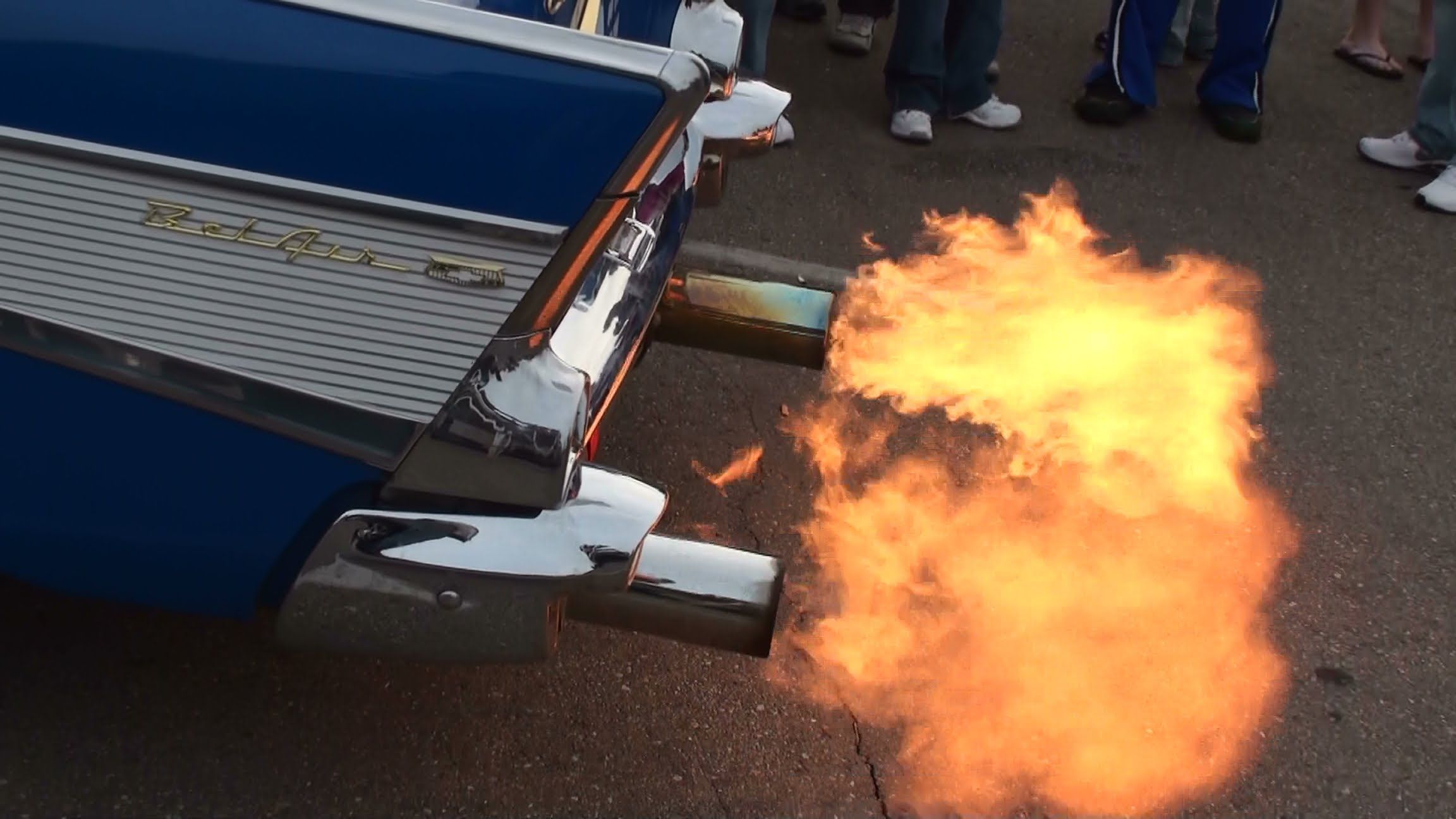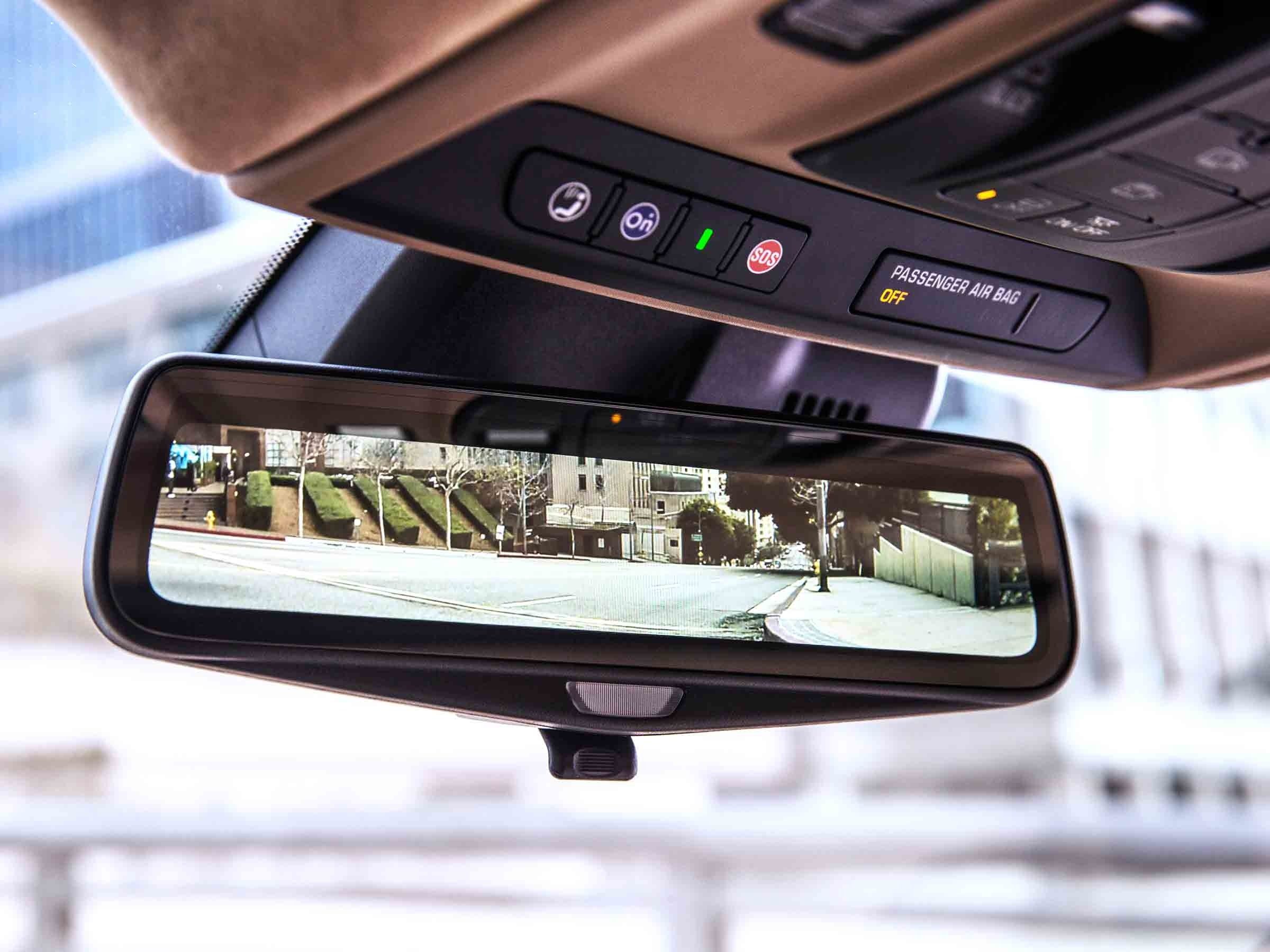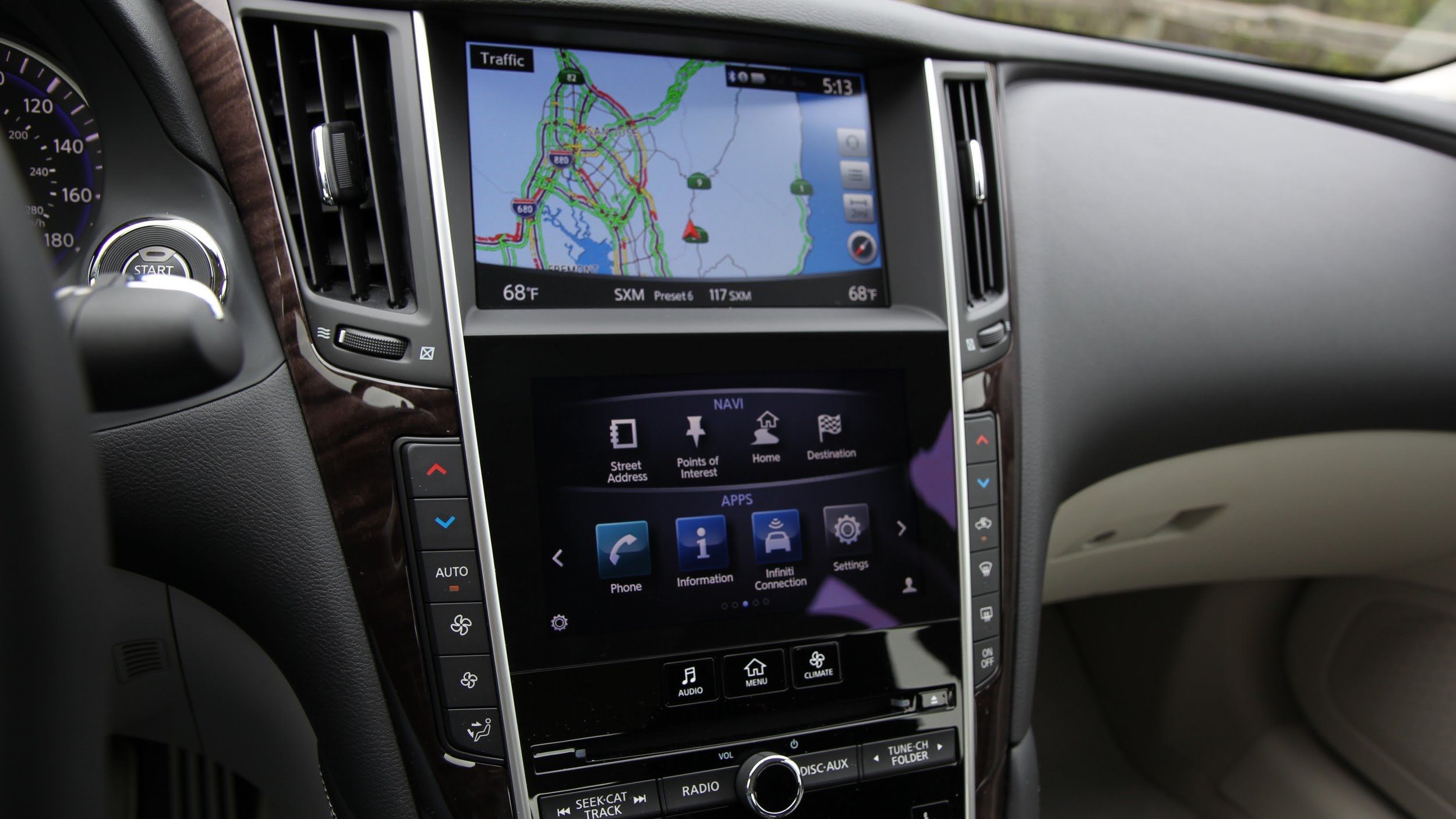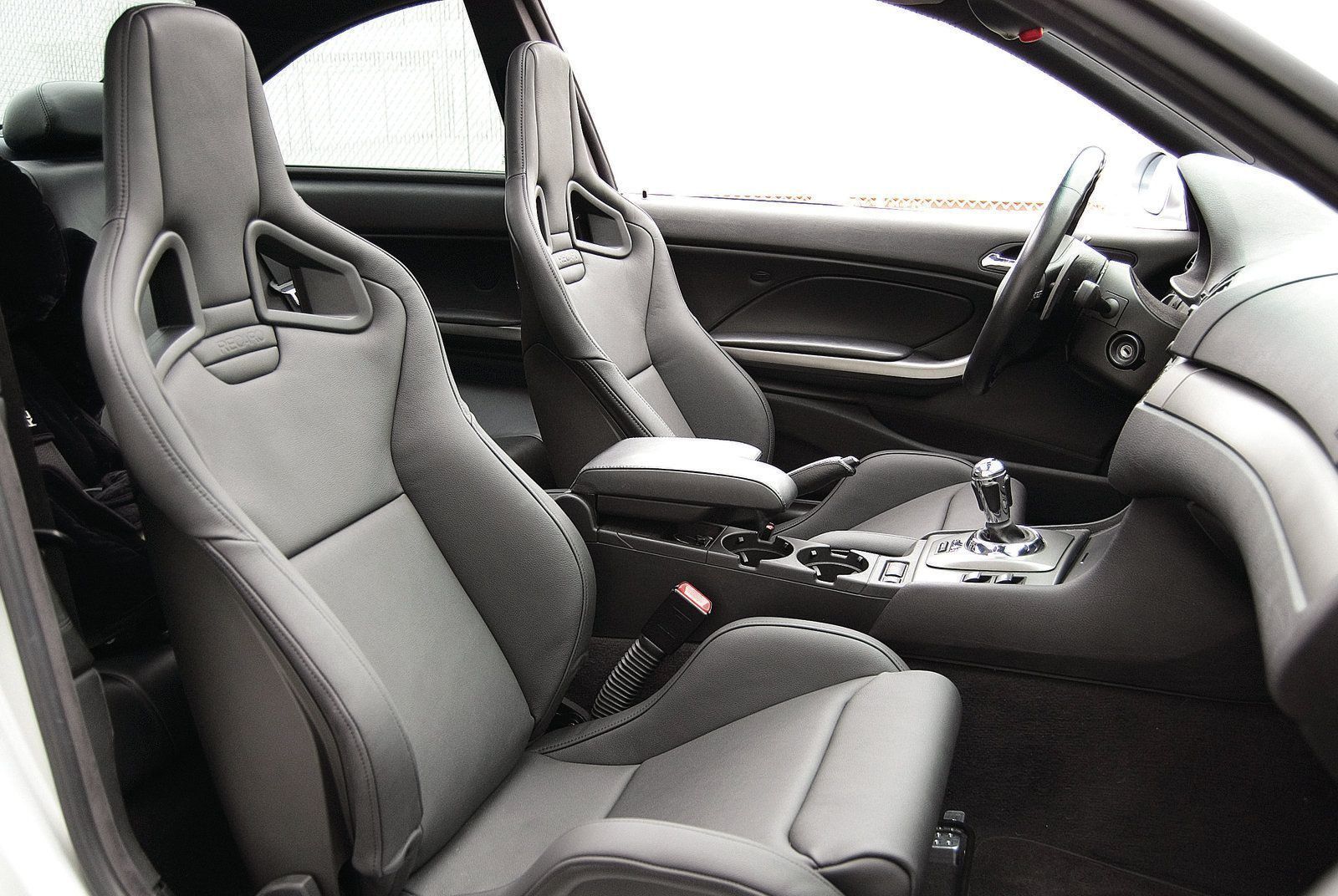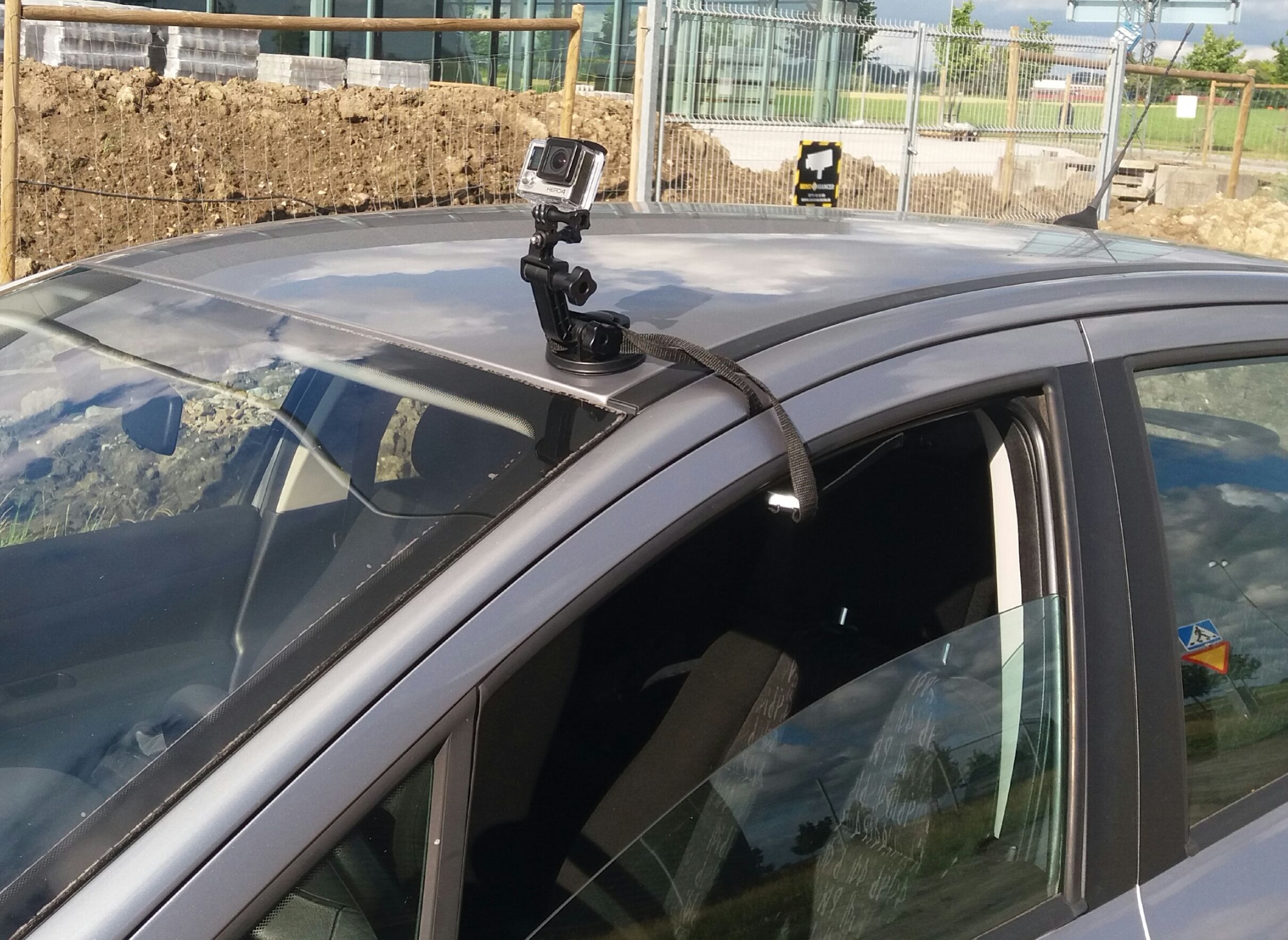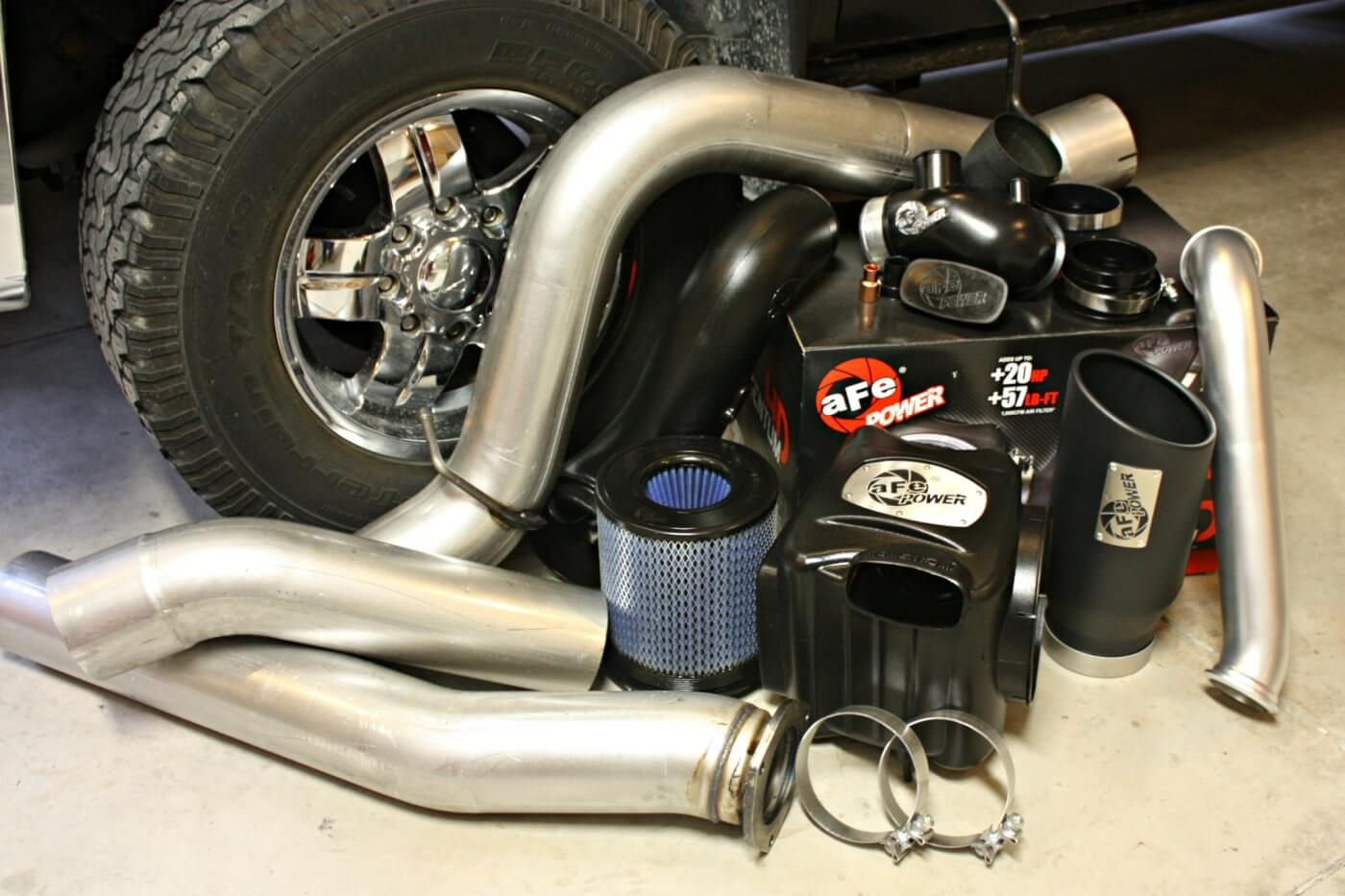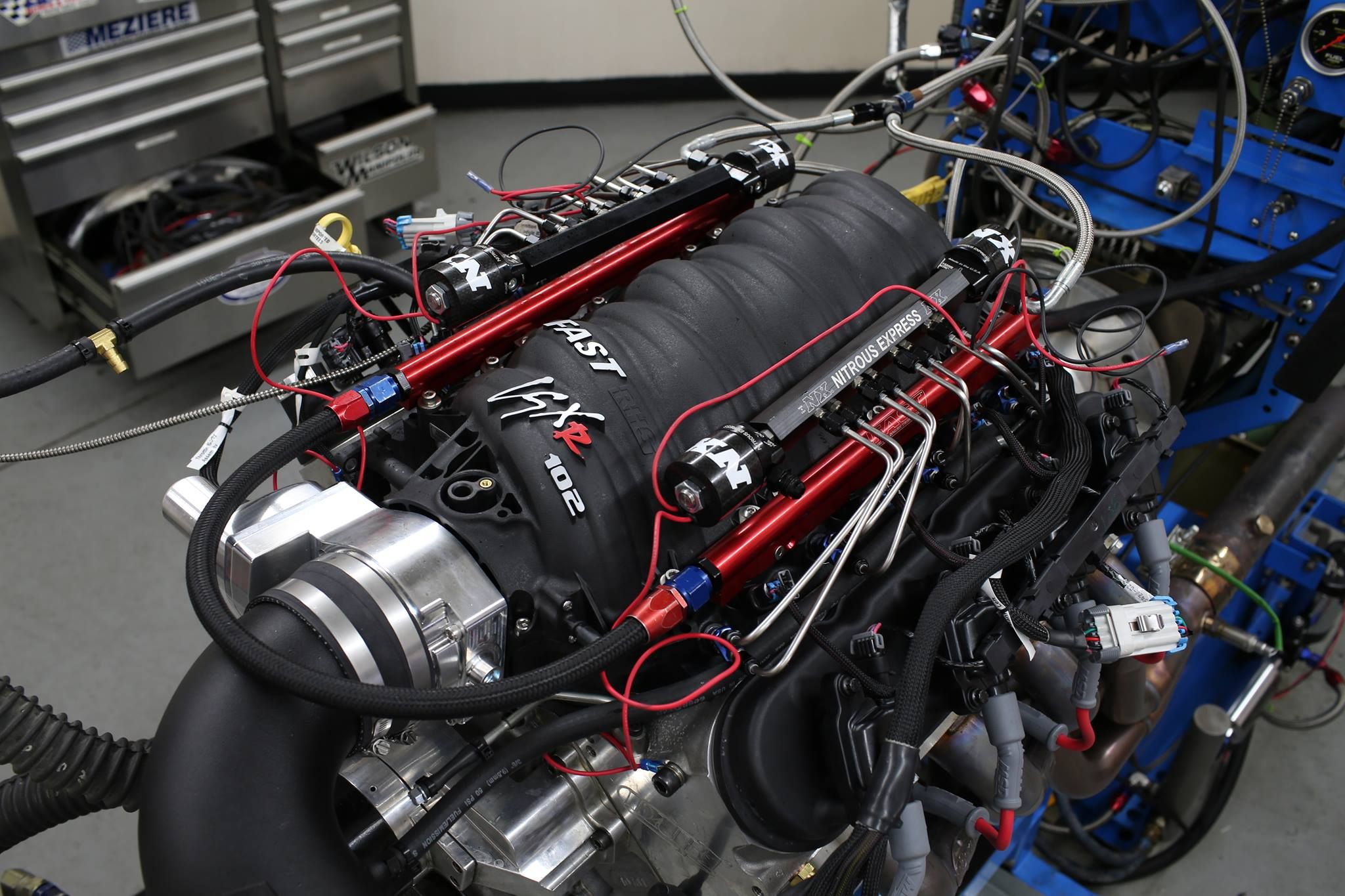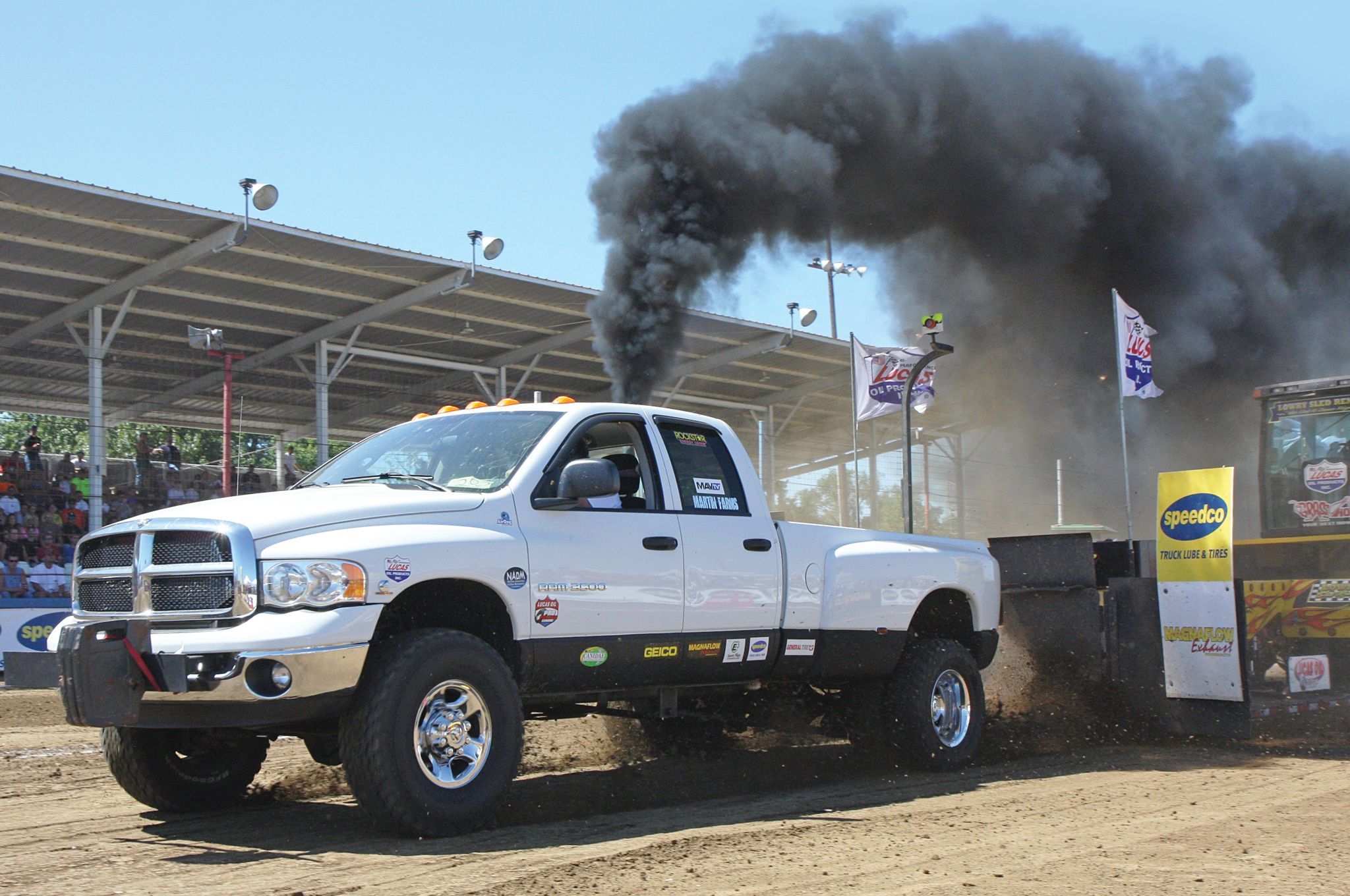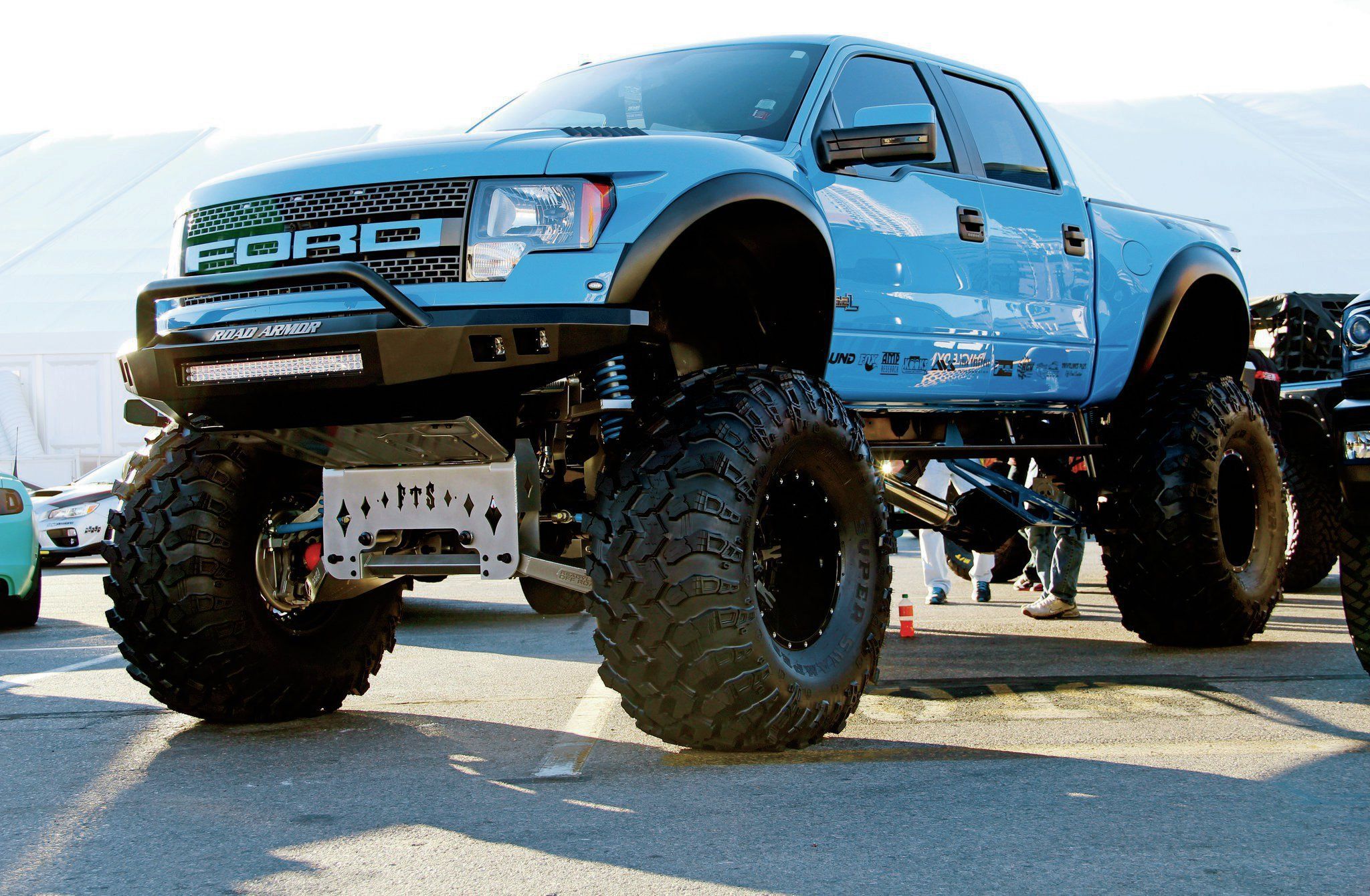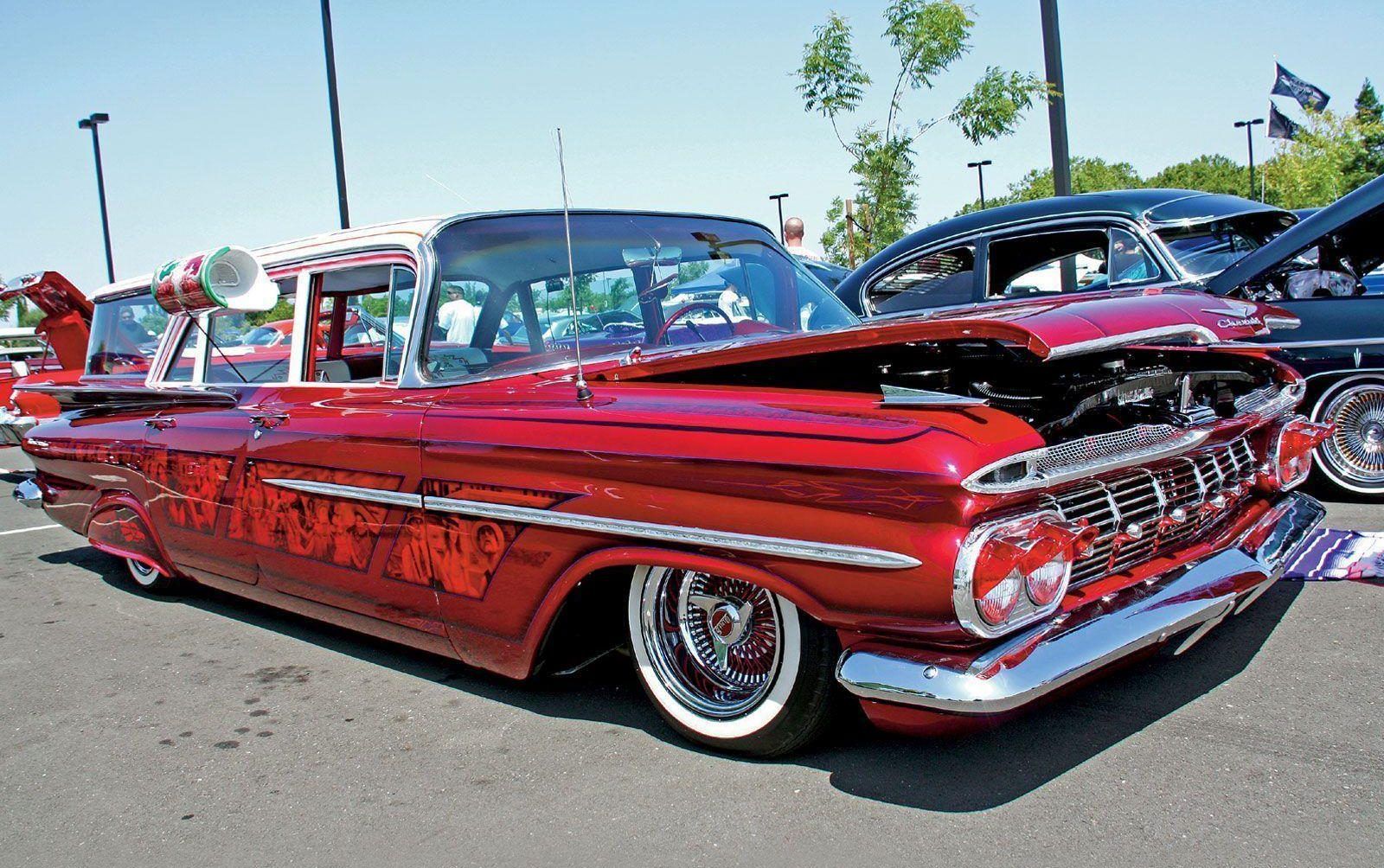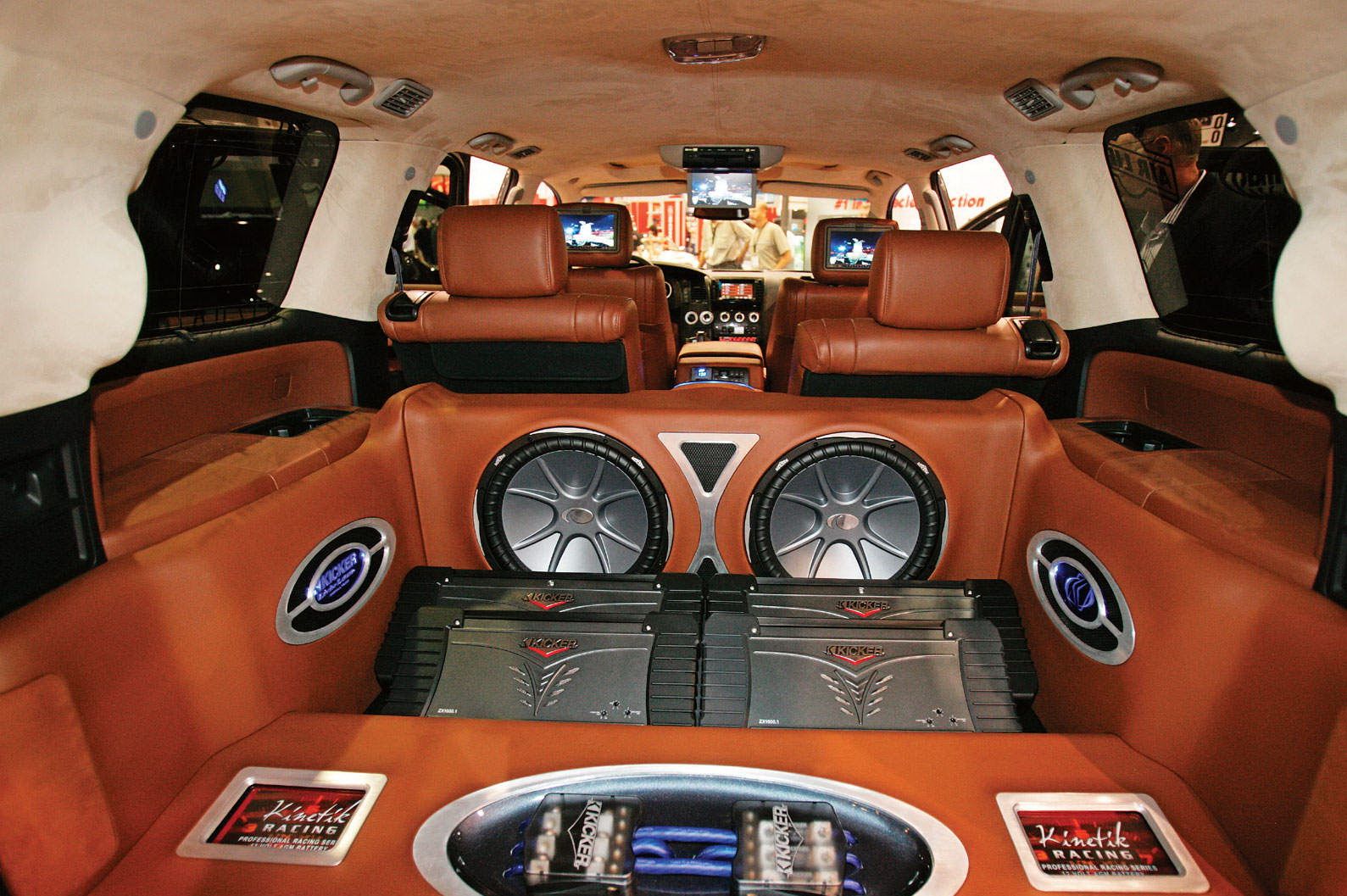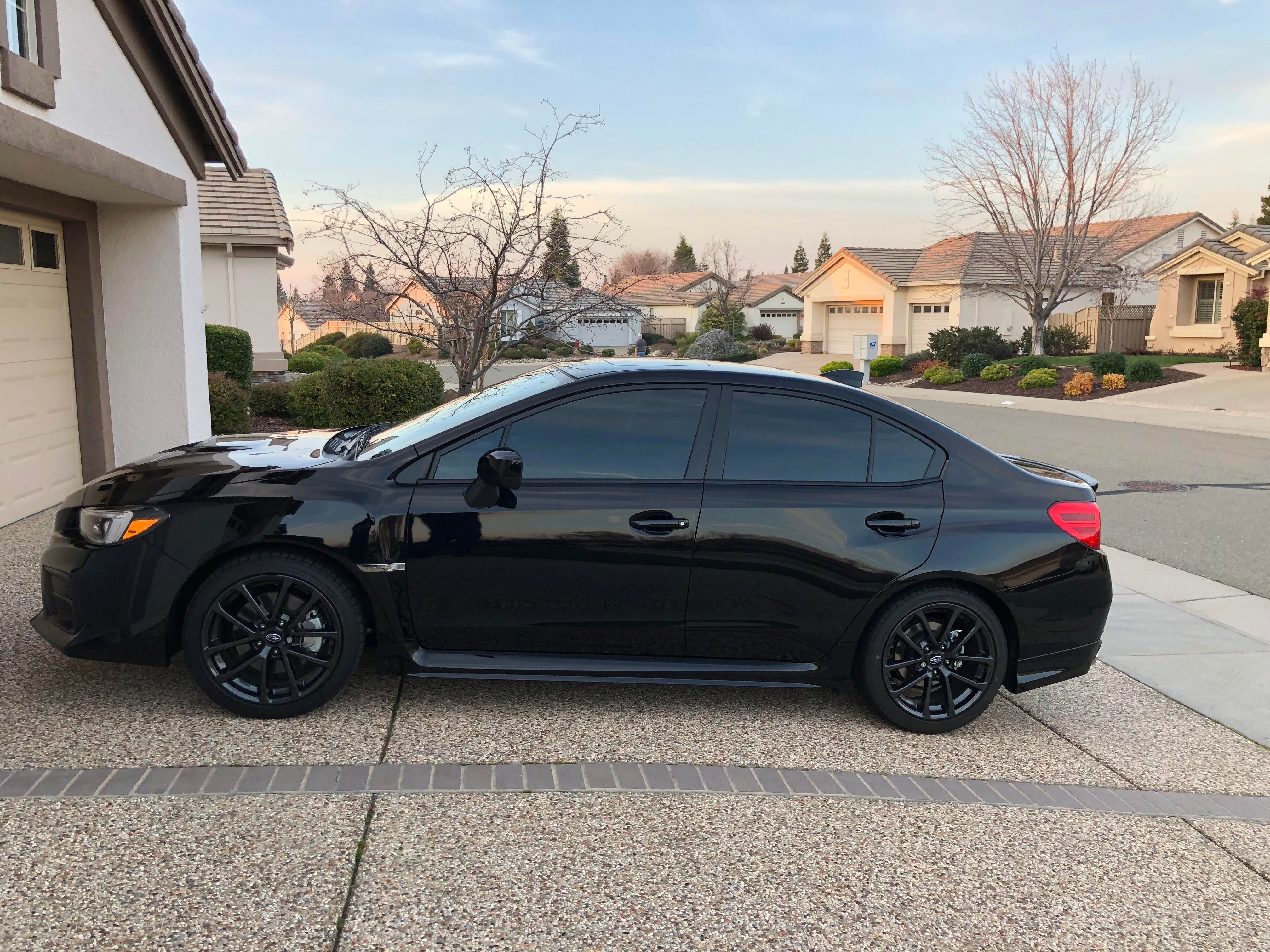Most car companies have made compromises to their factory-made vehicles in order to satisfy and appeal to the widest possible variety of buyers. That’s why most factory stock trucks aren’t great off-roaders, for instance. To suit their needs, owners perform modifications to get their vehicles more in line with what they want, but sometimes those modifications are far beyond what the law allows.
Many people won’t accept a car straight from the factory: they’re dull, and you’ll look exactly like everyone else on the road. Unique people want to make their cars unique too—custom paint jobs will take care of cosmetic similarities, but that’s only the beginning. You might want to raise your truck, or lower your Impala, or install an earsplitting stereo system, or make performance upgrades. Then you might want to install a device that will make it harder for you to get speeding tickets in your performance-upgraded vehicle.
Just be sure to check local laws before you do anything too drastic, because there’s a good chance what you’re doing is illegal. If you have to hide it from your family, it’s probably illegal. And no one wants a ticket or a court appearance if it’s avoidable. You see, if you’re smart, you can often get away with doing something legally questionable, but it really depends on where you live, and what the laws allow. Beyond that, you’d better be good at hiding your mods, or else you’ll quickly find yourself in a world of trouble.
Here are 20 of the most illegal things you can get away with doing to your car.
20 Strobe Brake Lights
This seems like a bad idea from the get-go, but for every bad idea, there’s a genius that thinks it’s smart. Strobe brake lights are a bit neat because they make brake lights pulsate and flash in accordance to the pressure a driver is putting on the brake pedal.
But, they are often confused with regular taillights and sometimes reverse lights, which can indeed be very confusing.
If you’re slamming on the brakes to avoid a collision, your brake lights would flash to give extra warning to drivers tailing you. But regulators have determined that the only things brake lights should do is shine brighter than taillights.
19 Off-Road Lights
If you are off-roading in a pickup truck, sure, light bars are very handy. But driving with them on the highway is highly illegal, unless you cover them. The worry is that these lights will reflect off oncoming headlights and endanger other drivers (a valid worry). Accidentally using them on the road is another risk that won’t fly—just like you get a ticket (and sometimes more) for “accidentally” rear-ending someone, you’re going to get a ticket for this one, too. Drivers struggle to see anything if you’re flashing a row of floodlights in their direction (or in their rearview mirror), so be courteous and make sure you aren’t.
18 Automatic License Plate Covers
This one is probably pretty obvious and self-explanatory, but we’re here to tell you that it’s illegal, just in case. You cannot cover your license plate in any way while driving. That’s a big no-no.
The police will give you a ticket if a custom plate frame covers any of the numbers.
If you go so far as to install a Rugift’s electric device that covers back and front plates at the flick of a switch, you’re probably a bank robber, and you’ll probably get in even more trouble. All joking aside, this is a pretty serious crime, especially when cops are constantly on the lookout for stolen vehicles and such. So just don’t cover your license plates, back or front.
17 Underbody Lights
Neon lights were big in the ‘90s, and they reached a plateau of sorts after the introduction of the Fast and Furious franchise. But even though those times have passed, some people still think neon lights look cool under a car. The only problem, of course, is that they’re illegal in many states. If you plan to add any kind of spotlight to your car’s undercarriage, research local laws. Authorities don’t want drivers confusing a regular citizen with a police officer or ambulance, so blue and red lights are banned in just about every jurisdiction in the country. Several states have banned the use of hazard lights unless certain conditions exist, too, and underbody lights sometimes fall under that category.
16 Radar Detectors
This may come as a shock, but radar detectors are actually legal for passenger vehicles in every state except Virginia and Washington D.C. Even though when someone gets pulled over and hides their radar detector, what they’re doing isn’t actually illegal—they’re just paranoid.
However, anyone operating a commercial vehicle cannot install a radar device, making them very illegal for truck drivers.
If you mount one on the dashboard or above it, like say on the windshield, police may give you a ticket for obstructing the view of the driver, so make sure to check local laws on placement before you stick your radar detector anywhere.
15 Laser Jammers
This is another one that can backfire easily, and should be pretty obvious that it’s illegal. Law enforcement uses laser guns sometimes, rather than radar guns, when tracking the speeds of highway vehicles. In many states, more than 50% of the tickets come from the use of laser readers. So you might have the bright idea to stick a laser jammer in your car. These devices cost about $600, and they have ways of deflecting, distorting, or scrambling the signal sent from a police officer’s device. They’ve become illegal in most states, because anything that is going to mess with law enforcement’s ability to make money from you is clearly not allowed.
14 Dynamic Light Spot
This might be a new one to people who haven’t heard of “dynamic light spotting,” but here it is. This is a newfangled technology that can identify pedestrians through infrared sensors, bathing them with a beam of light to make it easier to see (just like a spotlight on the side of a police car).
It’s pretty technologically savvy, but it also is very obtrusive to people’s safety, their privacy, and possibly their health.
Some European carmakers have developed and deployed this technology, but the authorities in the US have struck them down. As of right now, they aren’t legal anywhere in the states, but that could change in the future.
13 Exhaust Modifications
Many people are tempted to look into aftermarket exhaust kits to throw on their car, for the extra horsepower boost they give. But, if any of these mods disable or alter emission levels from your car in any way, you’re breaking the law. You also won’t pass inspection with these tweaks, which is a great way to make a good car worthless. If any of these upgrades boost the volume on your engine, you will probably draw the attention of the police, and they will give you fines. Families on the road are also prone to giving you dirty looks, and might even call the cops on you if you’re too loud—don’t assume you’re getting pulled over out of sheer luck.
12 Exhaust Flame Kits
It might sound like a fantastic idea to have flames spitting out of your exhaust pipe, just like in the Fast and Furious, but you should already know that it’s illegal. If you didn’t, now you do.
Most states have adopted California Code 27153 as their own mandate, making it illegal to have those flames spewing.
In the law, it’s written: “No motor vehicle shall be operated in a manner resulting in the escape of excessive smoke, flame, gas, oil, or fuel residue.” That should be enough to detract most people, but then again, the people you’ll often see with exhaust flame kits are at street races anyway, so this is a pretty rare ticket to get.
11 Rearview Mirror Cameras
Pretty much every new car in the United States comes equipped with a rearview camera these days. But for screens that show what is behind you at all times when you’re moving forward, regulators have put their foot down. Audi had the idea to put these screens near the driver, which is supposed to show you what is happening just like a rearview mirror, but at all times. The idea didn’t get past lawmakers. The main issue, again, is distraction. It seems that as more and more deaths are attributed annually to distractions, carmakers haven’t figured out that their technologically advanced techniques aren’t going to fly under the radar anymore, so to speak. They’re still working on ways to circumvent this law.
10 Dual-View Front Video Display
Distracted drivers are at fault for most accidents in most countries—that’s no secret. And with the innumerable infotainment options available in vehicles these days, it can happen to anyone (even police). Mercedes-Benz has developed a technology that “Lets the central display screen on the dashboard show navigation, infotainment, or other typical information for the driver while simultaneously showing a movie or other entertainment for the front-seat passenger.” (PopularMechanics.com.) Doesn’t this just seem like a terrible idea? Well, regulators think so, too, because for now this kind of multi-display is banned in all states. There are already enough distractions on the road, we don’t need to add more!
9 Lightweight Seats
This one might come as a shock to some, but it shouldn’t when you think about it. Most people don’t think much about the weight of their car’s seats. But regulations are quite stringent.
Porsche learned this when the government imposed new rules that made it illegal for them to equip some of the seats that came stock with their vehicles.
For crash safety reasons, performance vehicles often need to be outfitted with special seats, as US regulators and lawmakers won’t allow seats under a certain weight to be installed from the factory. Of course, if you’re using lightweight seats, there’s a big chance you are using them to race, which might be illegal where you’re from, anyway.
8 Remote-Mounted Magnetic Cameras
This is another example of a technologically cool idea that was shot down. Land Rover came up with this—they developed sweet little cameras that could stick to any steel surface and stream a live video feed to the dashboard. This would be helpful for all sorts of things, including parallel parking or navigating in a tight parking garage, but lawmakers weren’t keen on the idea. The idea is extremely inventive, but until a carmaker figures out a way to circumvent the law—or to make the devices less distracting when they aren’t being used—they will remain illegal in the United States.
7 Removing Emissions
Back in the 1970s, you could remove the emission equipment from a smog-choked car, do some carburetor tuning, and there was a good chance you’d gain about 30 to 40 horsepower. Forty-plus years later, this is a big no-no.
Modern fuel injection systems combined with dozens of computer chips and processors and hundreds of sensors make for an engine that can be powerful and meet emission standards without any emission equipment removals.
So stop unbolting the things you need—it’s dangerous. Even the Big Three have recently all built supercars that have a minimal 650 horsepower, and THOSE can still meet EPA regulations, so you should too.
6 Nitrous Injection Kits
This is something that you probably learned was illegal from Fast & the Furious or a similar movie. There isn’t a single nitrous manufacturer on the planet that will tell you with a straight face that their nitrous bottles are legal to hook up for street use. Still, about 95% of the time a streetcar receives a nitrous injection kit, it doesn’t end up being used only on the track, and that’s where the danger lies. The reason for its illegality comes from the unknown danger that first responders face when arriving at an accident. Nitrous is highly pressurized, and if your crashed car just spilled its gas tank on the highway, that makes for a dangerous situation, and makes firemen very, very nervous.
5 Rolling Coal
Just like exhaust flame kits, this probably shouldn’t be that big of a shocker. If you want to spend a lot of money on burning more fuel without the side effects of added horsepower, you should buy a Harley or something.
If you want to spend less, you roll coal—where people spend money to alter their diesel trucks to burn far more fuel than necessary, just for the sake of pouring out the exhaust like a semi.
It causes extra wear to your car, too, leading to shorter engine life, and loss of power. People actually pay extra money to waste more fuel and go slower. In some states, like Illinois, New Jersey, and Texas, it’s no joke: a rolling coal ticket could cost you as much as $5,000.
4 High Lifts
In many states, it’s illegal to boost your truck and passenger car past a certain point. You’ll want to check your state’s laws to be sure. For instance, in Florida or Ohio, elevating your muscle car or midsize sedan above 22 inches will get you a ticket. Elevating a truck over 26 inches will also get you a ticket. In some states, the legal amount of lift is measured by what you add to the factory height. For example, in Indiana you cannot raise a bumper more than three inches. If anyone needs a step ladder to access your car, you can be sure your car exceeds the lift height limit.
3 Low-Riding
Just like vehicle lifts, most states regulate how much you can lower a vehicle, too. In George, for instance, the law prohibits drivers from lowering a bumper or suspension more than two inches below factory specifications.
Maryland also has a limit for those who want to drop a vehicle to the ground.
In case you’re wondering how low-rider culture began, take a look at California: That state and Arizona are two of the only ones that have no restriction on how long you can bring a vehicle down. Most of the others have limits, so be sure to check out your local law if you’re getting into the low-rider culture.
2 Booming Stereo Systems
If you’ve ever gotten a noise complaint at your apartment or house, you probably know that some people don’t take too kindly to loud noises, no matter what time of day it is. The same goes if you’re in your car. Since the early days of loud stereo systems, many states and local municipalities passed laws to limit the damage you can do to others’ eardrums, voluntarily or not. Cops can give you a ticket based on the decibel level/volume, or how far away they can hear your music. The Florida Supreme Court had a famous case in 2012 where they struck down a car stereo law, but officers can still cite you with county laws.
1 Dark Window Tinting
Usually window tinting is an upgrade and makes a car look mysterious and sleek. But in nearly every state there are laws banning or limiting the amount you may tint a car.
In Illinois, for instance, the law prohibits any front of side window tinting unless the driver has a medical condition (and documentation).
Other states allow for some tinting on the upper edge of the windshield, or permit tints, so long as they transmit a minimum percentage of light. It’s all very technical, but cops carry devices that measure and gauge how much light passes through the windows, and they’ll give you a ticket if you’re in violation.
References: zeroto60times.com, cheatsheet.com, popularmechanics.com


